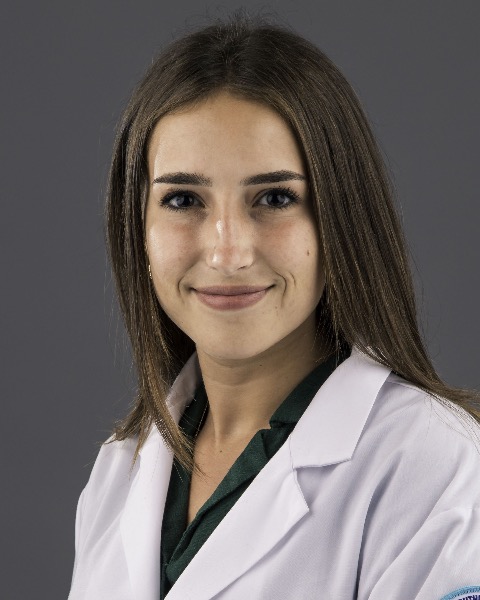M. Beyer1, S. Shoap2, E. Beyer3
1Nova Southeastern University College of Allopathic Medicine, Ft. Lauderdale, Florida 2Nova Southeastern University College of Allopathic Medicine, Fort Lauderdale, Florida 3Palmetto General Hospital, Fort Lauderdale, Florida
1Nova Southeastern University College of Allopathic Medicine, Ft. Lauderdale, Florida 2Nova Southeastern University College of Allopathic Medicine, Fort Lauderdale, Florida 3Palmetto General Hospital, Fort Lauderdale, Florida

Maria Beyer
Nova Southeastern University College of Allopathic Medicine
Ft. Lauderdale, Florida, United States
Presenting Author(s)
Disclosure(s):
Maria Beyer, n/a: No financial relationships to disclose
Please explain the educational or technical point that this video addresses.: The largest previously documented coronary artery aneurysm (CAA) in literature is recorded to be 5 x 7 cm. With the patient in this case's aneurysm measuring at 11.2 x 9.1 cm, it is significantly larger than what has been previously reported. This case showcases the presentation, workup, and treatment of a giant CAA, a rare disease process, not well discussed on a large scale in literature. A comprehensive study on CAA in adults could significantly benefit physicians in order to better understand the unique presentations, classifications, and treatment options for this disease process. This case is one of many that could assist in addressing the deficit in knowledge on CAAs in literature.
The patient presented with only neck pain, a very mild symptom that could easily have been overlooked by a less thorough PCP. Without proper clinical suspicion and workup, this patient could have potentially faced an aneurysm rupture, which almost certainly would have resulted in his death. Treating CAAs of this size is easily done with removal of aneurysm and CABG while on percutaneous bypass. It would be our recommendation that this management is how most giant CAA are treated in the future, due to the ease of the procedure and excellent patient outcome.
Please provide a 250 word summary of the surgical video being submitted.: This report presents a 76-year-old man with a history of dyslipidemia and emphysema who originally presented to his primary care physician with a 3-day history of left sided neck pain. After workup in the PCP’s office, including thoracic ultrasound showing what appeared to be a large mass near or on the heart, the patient was sent to the emergency department. On arrival to the emergency department, the patient denied chest pain, dyspnea, and dizziness. Initial workup was all within normal limits, with exception of elevated BNP of 167 pg/mL. Further workup included a CTA chest, which revealed a large mass (estimated in size to be around 9.1 cm x 7.9 cm) in the region of the aortic annulus contiguous with the right atrium. Cardiac catheterization showed a "severe" right coronary artery (RCA) aneurysm. Surgical intervention was deemed necessary, as the risk of aneurysm rupture and subsequent bleeding in such a large aneurysm would be catastrophic. In the operating room, percutaneous fem-fem bypass was achieved. Following sternotomy, the pericardium was divided, and the mass was fully visualized compressing the right ventricle and pushing the heart posterolaterally. Intraoperative measurement of the CAA was determined to be 11.2 cm by 9.1 cm. The RCA was tied off proximally and distally to the aneurysm, successfully achieving proximal distal control. The heart was arrested, the CAA excised, and bypass was performed using a left great saphenous vein graft. The patient was successfully weaned from cardiopulmonary bypass and was closed. The patient's postoperative course was uncomplicated.
Learning Objectives:
- Upon completion, participant will be able to identify unique presentations of giant coronary artery aneurysms.
- Upon completion, participant will be able to perform a surgical removal of a giant coronary artery aneurysm utilizing percutaneous bypass and CABG techniques.
- Upon completion, participant will be able to appreciate the size of this particular coronary artery pseudoaneurysm, which could potentially be the largest documented.
